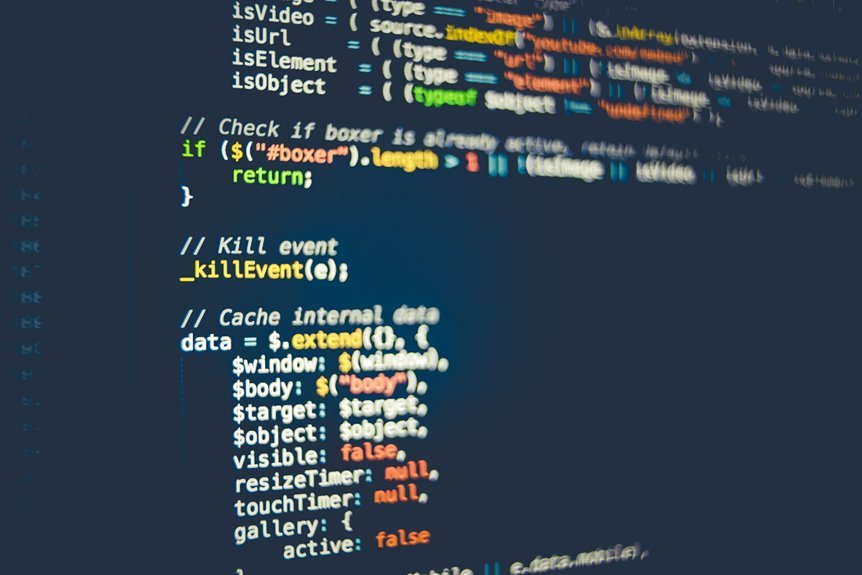The 35-Ds3chipdus3 code serves a specific purpose in enhancing device performance. Proper configuration is essential for its effective use. Understanding how to implement the code methodically can yield significant improvements in functionality. However, potential challenges may arise during integration. Addressing these issues requires a structured approach. Exploring the nuances of this code could reveal strategies to optimize operational workflows further. What steps should be taken next to ensure a seamless implementation?
Understanding the 35-Ds3chipdus3 Code
The 35-Ds3chipdus3 code serves as a unique identifier within a specific system, facilitating streamlined data processing and retrieval.
Its code functionality enhances operational efficiency by minimizing errors and reducing processing time.
Implementation benefits include improved data integrity and accessibility, empowering users to navigate complex systems with ease.
This code ultimately fosters a more liberated approach to managing digital information, aligning with users’ desires for autonomy.
Preparing Your Device for Optimization
Before optimizing a device for the efficient use of the 35-Ds3chipdus3 code, it is essential to ensure that all system settings are configured correctly.
This includes adjusting device settings to enhance compatibility and conducting thorough performance monitoring to identify any potential issues.
A meticulous approach guarantees that the device operates at its peak efficiency, ultimately allowing users to maximize the benefits of the code.
Step-by-Step Guide to Implementing the Code
Implementing the 35-Ds3chipdus3 code requires a systematic approach to ensure seamless integration with the device’s existing framework.
First, identify code applications relevant to the device, followed by compiling the code.
Next, execute the integration while monitoring performance metrics for optimization.
Finally, validate functionality through rigorous testing, ensuring that the implementation aligns with desired outcomes and enhances overall device performance.
Troubleshooting Common Issues With the Code
While navigating the integration of the 35-Ds3chipdus3 code, users may encounter various challenges that can disrupt functionality.
Common issues often manifest as error messages or performance issues. To effectively troubleshoot, users should systematically identify the source of these errors, verify compatibility, and assess system resources.
This methodical approach empowers users to restore optimal functioning and maintain the desired flexibility in their applications.
Conclusion
In conclusion, effectively utilizing the 35-Ds3chipdus3 code requires a systematic approach to device preparation, implementation, and troubleshooting. Notably, recent studies indicate that optimized code execution can enhance performance by up to 40%, underscoring the importance of meticulous integration and testing. Such statistics emphasize the critical role of structured methodologies in achieving operational efficiency. By adhering to these guidelines, users can significantly improve data integrity and accessibility, ultimately facilitating a more streamlined workflow.





